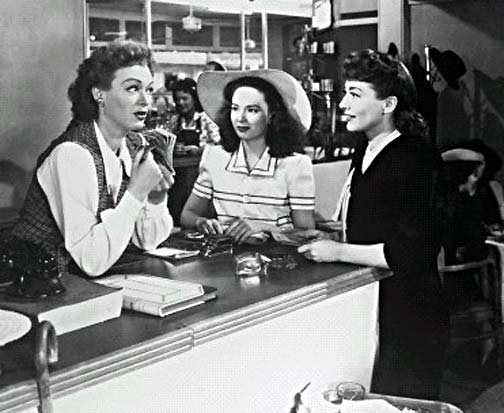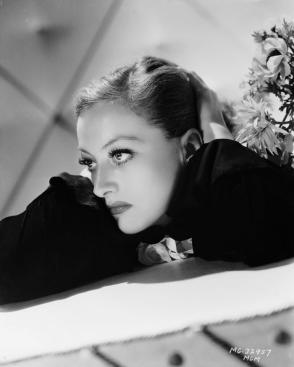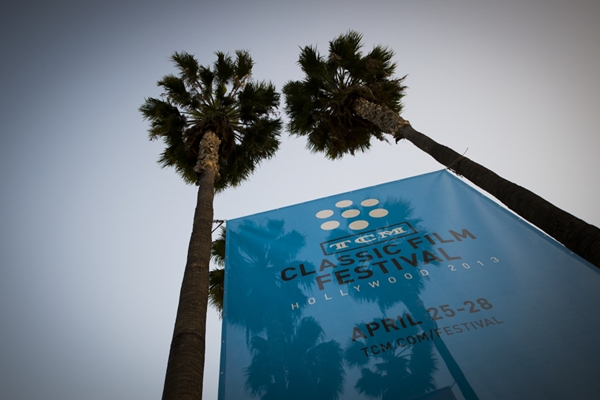
“Mildred Pierce” has an outstanding cast, including Eve Arden (left), Ann Blyth and, of course, the divine Ms. Crawford.
More noir news to share: I will be introducing “Mildred Pierce” (1945, Michael Curtiz) at 2 p.m. this Saturday, Sept. 20, at the West Hollywood Library Community Meeting Room, 625 N. San Vicente Blvd.
The movie was popular with critics and audiences, and it garnered six Academy Award nominations including best picture. Joan Crawford won for best actress. The superb cast members (Eve Arden, Ann Blyth, Jack Carson, Bruce Bennett, Zachary Scott) balance Crawford beautifully. Arden and Blyth both got Oscar nods for supporting actress. They lost to Anne Revere in “National Velvet.”
This free screening is part of WeHo Reads, a noir-themed month-long literary program. On Saturday, Sept. 27, there will be a day of panels, music and film.


































From FNB readers